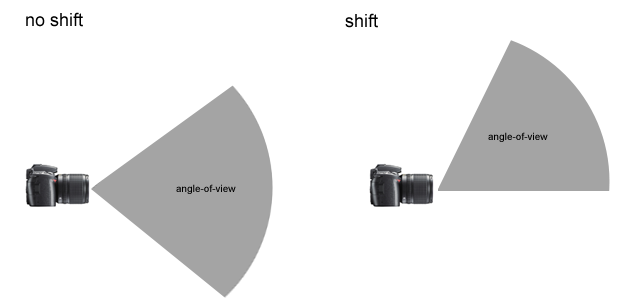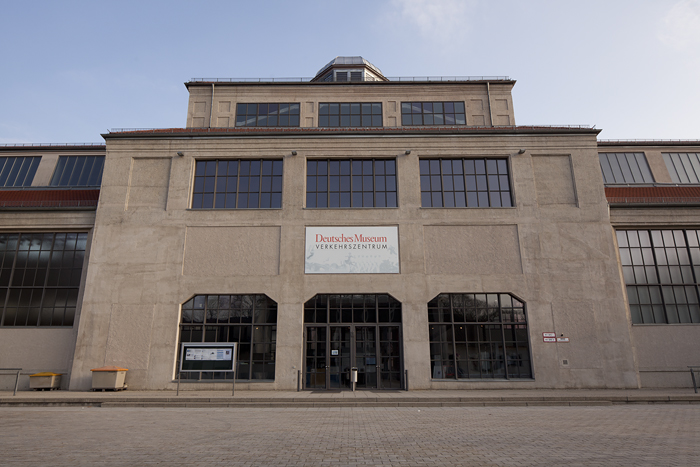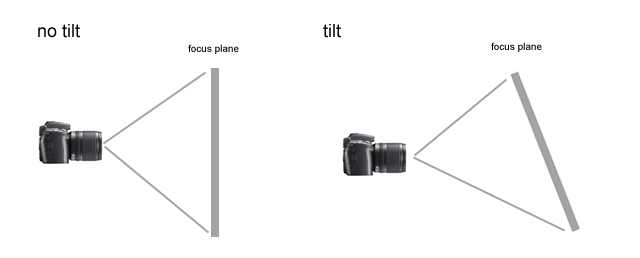|
Canon TS-E 24mm f/3.5 L II - Review / Lens Test - Tilt / Shift |
|
Lens Reviews -
Canon EOS (Full Format)
|
|
Page 2 of 5

Mechanical Aspects
Let's have a closer look at the actual degrees of mechanical freedoms of the TS-E lens. The product images below illustrate the shift and the tilt aspect of the lens.
Shifting the image
As mentioned, "shifting" the image is about perspective control. If a subject is set co-planar (parallel) to the image plane, lines remain just as parallel. However, if you point a camera up or down the parallel lines converge (vanishing point effect). While this can produce rather "dramatic" images it's often not desirable. Especially for architecture photography you're really after a "natural" look and not after a building "leaning backwards". This is where "shift" lenses can help you. You shift a lens parallel to the image plane in order to change the line-of-sight and to correct the vanishing point effect. It is naturally also possible to do just the opposite for creative purposes.
The following illustration may help to visualize the effect:
 The Canon TS-E 24mm f/3.5 L II allows you to shift the lens up to +-12mm which is really extreme. Please note that the conventional metering system of the camera can freak out in a shifted setting. However, Live-View is not affected.
Move your mouse cursor over the image to view the shifted variant.
The Canon TS-E 24mm f/3.5 L II allows you to shift the lens up to +-12mm which is really extreme. Please note that the conventional metering system of the camera can freak out in a shifted setting. However, Live-View is not affected.
Move your mouse cursor over the image to view the shifted variant.
 Here's another example:
Move your mouse cursor over the image to view the shifted variant.
Here's another example:
Move your mouse cursor over the image to view the shifted variant.

Tilting the image
Tilting is probably something more graspable. Normally the sensor and focus plane are co-planar. If you tilt the lens you do also tilt the focus plane. Now what's the sense of all this ? You can achieve much more extreme depth-of-field effects compared to a conventional design. You can, for instance, tilt the lens and focus the top border on infinity and the bottom border would be pushed completely out-of-focus. Such selective focus effects are impossible to achieve using conventional lenses so it opens some creative potential here. It is also possible to do just the opposite - when the focus plane coincides with a subject the subject is sharp and if it coincides with your scene the whole scenes is in focus and that's at comparatively large aperture settings. See e.g. Wikipedia for details about the Scheimplug principle.
Simplified principle:
 Example 1 (vertical tilt):
Example 1 (vertical tilt):
 Example 2 (horizontal tilt):
Example 2 (horizontal tilt):

|